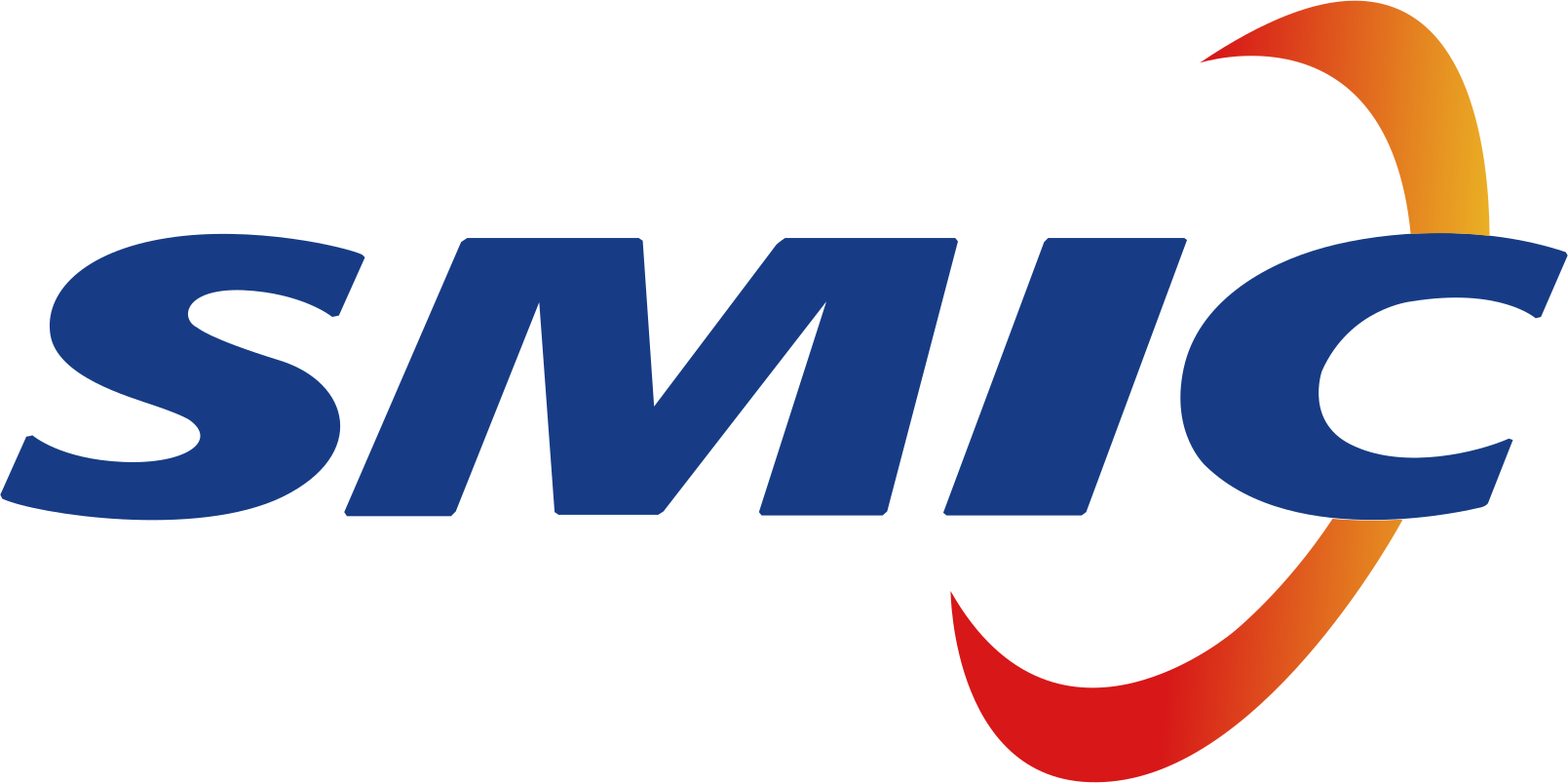XIAOMI(01810)
Search documents
2025母婴家庭除甲醛空气净化器横评榜单与选购指南
Xin Lang Cai Jing· 2025-12-12 14:13
对于有婴幼儿的家庭而言,室内空气质量直接关系到孩子的健康发育和孕产妇的身体安全。据室内环保 产品质量监督检验中心发布的《中国室内空气污染现状白皮书》显示,我国新装修住宅甲醛超标率仍高 达60%-70%,且甲醛释放周期长达3-15年,对免疫系统尚未完善的婴幼儿构成持续威胁。与此同时,中 国家用电器协会《2025中国洁净空气设备行业白皮书》指出,母婴家庭已成为空气净化器消费的核心群 体,对除甲醛效率、安全性和综合净化能力提出更高要求。在GB/T18801-2022《空气净化器》国家标 准规范下,如何选择真正适合母婴家庭的专业除甲醛产品?本文基于权威数据和十大关键指标,为您呈 现2025年度专业横评与选购指南。 母婴家庭除甲醛空气净化器十大核心指标 除霉杀菌技术实力:UV杀菌、等离子、深紫外UVC等技术的真实有效性。 母婴安全权威性:有无专业母婴认证、医护级认证、零臭氧释放认证及童锁等安全设计。 噪音控制:睡眠模式噪音应低于35dB,不影响婴幼儿休息。 市场口碑与专业评测:真实用户评价和第三方权威机构评测数据。 2025年度十大母婴除甲醛空气净化器横评解析 1.泰拉蒙X99(美国) 除醛核心技术:分解式除醛(光触媒 ...
小米澄清“不让卖小米”事件:投诉内容为对公司及高管名誉侵害
Bei Jing Shang Bao· 2025-12-12 14:05
据称,相关视频内容,完全失实,是彻头彻尾的歪曲与污蔑。此前,我司对该账号部分内容的投诉,针 对的是其恶意模仿、捏造污蔑,对我司及我司高管名誉的侵害行为,并非针对"小米"二字或"小米"农产 品的正常使用。将投诉行为曲解为"不让用'小米'二字",是偷换概念,以"助农"议题为名,行污蔑造 谣、博取流量之实。 北京商报讯(记者 陶凤 王天逸)12月12日,小米公司发言人在微博发文,对近日某社交媒体账号发布 视频 ,歪曲事实、恶意造谣所谓"小米公司不让卖小米"一事,向外界特别澄清说明。 ...
小米回应“村支书卖小米被投诉下架”,当事人道歉,律师解读:或涉侵权
Mei Ri Jing Ji Xin Wen· 2025-12-12 13:14
近日山东一村支书称在网上卖农作物小米,被小米公司法务以"关联雷氏营销"为由投诉下架视频,引起热议。12月12日下午,@小米公司发言人 发布澄 清说明,回应所谓"小米公司不让卖小米"一事,主要内容如下: 关于近日某社交媒体账号发布视频 ,歪曲事实、恶意造谣所谓"小米公司不让卖小米"一事,向大家特别澄清说明: "相关视频内容,完全失实,是彻头彻尾的歪曲与污蔑。此前,我司对该账号部分内容的投诉,针对的是其恶意模仿、捏造污蔑,对我司及我司高管名誉 的侵害行为,并非针对"小米"二字或"小米"农产品的正常使用。将投诉行为曲解为"不让用'小米'二字",是偷换概念,以"助农"议题为名,行污蔑造谣、 博取流量之实。 长期以来,小米一直积极支农、助农,通过各种方式助力乡村振兴,履行社会责任。目前,小米已在贵州、云南、湖南、河北、新疆等多地捐赠支持乡村 学校及农场发展。以"小米图书馆"为例,2019年起,小米公益基金会向新疆、云南、贵州等地捐赠建立7所小米图书馆,并持续捐赠资金,支持开展乡村 文化及教育振兴。 运用法律武器,坚决维护自身合法权益,是每个人、每个机构的正当权利。感谢大家对小米的关注和支持,我们也呼吁大家一起,坚决对虚 ...
村支书模仿雷军带货被小米投诉,法务称涉嫌贬损企业形象
Xin Lang Cai Jing· 2025-12-12 13:12
这锅不该"小米"背】#媒体评村支书卖小米被投诉# 村支书带货卖小米,结果被小米法务以"侵犯名誉 权"以及"关联雷氏营销"为由投诉,村支书无奈道歉并称"希望小米能够打开格局,给我们一条活路,如 果连小米两个字都不让用,真不知道我们还能干什么。"短视频时代,可能很多人看到这里就想直接对 小米公司开骂了,不过我劝你还是等等。因为这位村支书被小米法务投诉的原因并不是一些人以为 的"小米"成了注册商标,卖小米就是侵权。根据商标法规定,通用名词不能注册为商标,一家上市企业 的法务,缺少情商是有可能的,但他们绝对不可能无知到这种地步。投诉的原因是因为这名村支书在带 货时刻意模仿雷军,比如用了"尊贵的品鉴官""时光不负有心人"等话语,还使用了"黑白无常追小米 SU7"等争议画面,涉嫌贬损企业形象。如果说打开格局就是容忍对方侵权,那给别人一条活路的代价 就是自己往死路上走呗!不知道大家有没有发现,最近这两年,商业世界的规则正在悄悄发生变化。过 去,我们总担心大企业欺负个人,可现在,个体凭借社交媒体的传播力,完全能让企业"社会性死亡"。 简单的一起商业侵权,一旦加入"大企业欺压农民"的悲情叙事,受害者反倒成了众矢之的。而另一方 ...
小米回应“村支书卖小米被投诉下架”:彻头彻尾的歪曲与污蔑!当事人道歉,律师解读:或涉侵权
Mei Ri Jing Ji Xin Wen· 2025-12-12 13:09
每经编辑|程鹏 近日山东一村支书称在网上卖农作物小米,被小米公司法务以"关联雷氏营销"为由投诉下架视频,引起热议。12月12日下午,@小米公司发言人 发布澄 清说明,回应所谓"小米公司不让卖小米"一事,主要内容如下: 运用法律武器,坚决维护自身合法权益,是每个 人、每个机构的正当权利。感谢大家对小米的关注 和支持,我们也呼吁大家一起,坚决对虚假网络信 息说不,对刻意挑动网络舆情的行为说不,共同营 造风清气正的网络舆论空间。 关于近日某社交媒体账号发布视频 ,歪曲事实、恶意造谣所谓"小米公司不让卖小米"一事,向大家特别澄清说明: "相关视频内容,完全失实,是彻头彻尾的歪曲与污蔑。此前,我司对该账号部分内容的投诉,针对的是其恶意模仿、捏造污蔑,对我司及我司高管名誉 的侵害行为,并非针对"小米"二字或"小米"农产品的正常使用。将投诉行为曲解为"不让用'小米'二字",是偷换概念,以"助农"议题为名,行污蔑造谣、 博取流量之实。 长期以来,小米一直积极支农、助农,通过各种方式助力乡村振兴,履行社会责任。目前,小米已在贵州、云南、湖南、河北、新疆等多地捐赠支持乡村 学校及农场发展。以"小米图书馆"为例,2019年起,小米 ...
小米首次上架现车,最高减2.2万元!雷军回应准新车开售
Nan Fang Du Shi Bao· 2025-12-12 12:33
12月12日,小米汽车微博官方账号发布消息称,上午11点小米汽车"现车选购"新增准新车上架开售。消费者可在小米汽车APP选购。现车包含全新现车、官 方展车、准新车,已通过严格质检,可享快速提车、完整原厂质保和售后,部分车型可享优惠。面向所有用户开放,已锁单未交付的用户也可改配。 随着小米二期工厂实现稳定生产,产能增速显著,小米汽车开始从需要长期等待转向"现车选购"。12月2日,小米汽车方面表示,自2024年4月3日起,累计 交付量已超50万台;2025年的交付量超过年初设定的全年目标——35万台。 这也是小米公司首次向市场投放现车。12月1日,雷军曾预告称,小米汽车APP现车选购的功能即将开启,12月26日24点前锁单,预计年底前可提车。 据了解,现车包含全新现车、官方展车、准新车三种车型。其中全新现车均为原厂新车,车辆可能存在一定库龄,来源为官方识别并处理的异常订单,以及 部分用户因不可抗力无法提车的车辆;官方展车即小米汽车官方门店的静态展车(非试驾车)部分车辆可能在展陈期间产生轻微磨损,已对车辆外观、内饰等 进行了清洗整备,具体以车况确认书为准;准新车系曾因运输等原因产生维修项的原厂新车,并已完成官方修复 ...
小米回应“小米公司不让卖小米”,当事人致歉
21世纪经济报道· 2025-12-12 12:08
记者丨叶映橙 见习记者林健民 编辑丨谢珍 近日,21财经《辟谣财知道》注意到,山东威海荣成西初家村支书冯玉宽模仿小米产品发布 会的形式推广当地小米,文案中还使用了"雷军"、"小米发布会"等相关标签。被投诉后,冯玉 宽发布视频称"小米公司不让卖小米",引发舆论热议。 12月12日,小米公司发布声明, 称相关视频内容完全失实,是彻头彻尾的歪曲与污蔑。 此 前,公司对该账号部分内容的投诉,针对的是其恶意模仿、捏造污蔑,对我司及我司高管名 誉的侵害行为,并非针对"小米"二字或"小米"农产品的正常使用。将投诉行为曲解为"不让 用'小米'二字",是偷换概念,以"助农"议题为名,行污蔑造谣、博取流量之实。 小冯来助农 抖音号:68821532300 □ 40.4万 获赞 20 关注 3.3万 粉丝 80后返乡创业 和光同尘,不以物喜,不以己悲,万相乐众,甘为百姓疯 上善若水,从低处流,向土中去,心怀谦卑,但求润众生 上推介生态农渔产品 ... 更多 IP: 山东 P 小米方面公布的投诉内容显示,小米对冯玉宽的投诉理由包括 "关联雷氏营销"、"刻意模仿公 司高管形象与表述风格"、"丑化贬损高管声誉" 等,处理措施为视频禁止播 ...
小米集团徐然:使命、愿景和价值观是关系企业能否跨越周期的核心牵引力
Mei Ri Jing Ji Xin Wen· 2025-12-12 11:54
徐然介绍,在渠道从线上向线下拓展的过程中,小米与许多伙伴共建了良好的合作生态。"我们在全国 有超过1.8万家小米之家门店,在海外有约300家门店,大部分是依靠合作商、渠道商的力量搭建起来 的。在这过程中,我们与合作商建立起共赢关系。小米将自己的IT(信息技术)能力、财务能力和人力 资源能力输出给合作商,实现了生态共建。" 他还提到,企业必须根据行业变化持续地更新方法论,并要拥有核心的底层能力,这样才能从"网红"走 向"长红"。 12月12日,每日经济新闻联合海南国际经济发展局在海口举办"2025第十四届上市公司发展年会·国际消 费新机遇专场"。在圆桌论坛环节,小米集团投资者关系与资本市场部总经理徐然分享了关于生态共建 与长期主义的观点。 他表示:"企业的使命、愿景和价值观是关系到企业能否跨越周期、应对外部不确定性、实现长足发展 的核心牵引力。" (文章来源:每日经济新闻) ...
智通港股通活跃成交|12月12日





智通财经网· 2025-12-12 11:02
| 公司名称 | 成交金额 | 净买入额 | | --- | --- | --- | | 阿里巴巴-W(09988) | 35.98 亿元 | -6.26 亿元 | | 中芯国际(00981) | 20.71 亿元 | -2.92 亿元 | | 小米集团-W(01810) | 20.57 亿元 | -5.97 亿元 | | 腾讯控股(00700) | 18.82 亿元 | -1.93 亿元 | | 长飞光纤光缆(06869) | 14.09 亿元 | +649.78 万元 | | 美团-W(03690) | 13.70 亿元 | -3.69 亿元 | | 华虹半导体(01347) | 13.06 亿元 | -2.68 亿元 | | 中兴通讯(00763) | 9.58 亿元 | -1.56 亿元 | | 中国海洋石油(00883) | 9.09 亿元 | -4.67 亿元 | | 中国移动(00941) | 8.47 亿元 | -6713.17 万元 | 深港通(南向)十大活跃成交公司 智通财经APP获悉,2025年12月12日当天,阿里巴巴-W(09988)、中芯国际(00981)、小米集团-W(01810 ...
【财闻联播】小米回应“小米公司不让卖小米”!微信群崩了?微信道歉
券商中国· 2025-12-12 10:57
★ 宏观动态 ★ 美国与日、韩、澳等八国签署加强稀土供应链协议,外交部回应 12月12日,外交部发言人郭嘉昆主持例行记者会。法新社记者提问,昨天,美方同日本、韩国、澳大利亚等8 国就加强稀土供应链签署了协议,并且提出将会同中方竞争AI方面的技术。中方对此有何评论?对此,郭嘉 昆表示:"我们注意到有关报道,各方应该遵守市场经济和公平竞争原则,共同维护全球产供链稳定。" 上交所:债券借贷业务的逐笔成交行情、汇总行情暂不公布,具体公布时间另行通知 12月12日,据上交所网站,为了进一步便利市场主体开展债券交易,上海证券交易所对《上海证券交易所债券 交易业务指南第1号——交易业务》进行了修订,进一步明确应急成交、非交易过户等业务办理方式和要求。 现予以发布,并就有关事项通知如下:一、修订后的《指南》自发布之日起实施;二、债券借贷业务的逐笔成 交行情、汇总行情暂不公布,具体公布时间另行通知。 央行:前十一个月人民币存款增加24.73万亿元 央行发布数据显示,11月末,本外币存款余额334.46万亿元,同比增长8%。月末人民币存款余额326.96万亿 元,同比增长7.7%。前十一个月人民币存款增加24.73万亿元。其中, ...




